Affiliate links on Android Authority may earn us a commission. Learn more.
Transparency mode vs open-fit: Picking the right earbuds to hear the world
Published onJune 11, 2023

Headphone users have never had as much choice as they do today. From budget but brilliant true wireless earbuds to wired audiophile-grade headphones, knowing what will best suit your needs can be difficult. Those looking to stay aware of their surroundings benefit most from using open-fit headphones or transparency mode-capable earbuds. That’s because open-fit earbuds and transparency modes allow ambient sound into your audio feed. This has a wide range of handy applications we’ll delve into later in this article.
But before we continue any further, it’s worth noting that open-fit earbuds are different to open-back headphones. The purpose of open-back headphones is to allow air to pass behind the speaker drivers. This helps to reduce unwanted resonance and excess low-frequencies. On the other hand, open-fit buds leave the ear canal free to allow ambient sound into the audio feed.
Open-fit and transparency mode-capable earbuds allow ambient sound into your ear, but which is better?
That said, in-ear headphones’ transparency modes are increasingly popular features nowadays. Combined with noise canceling capabilities, in-ear headphones offer greater control over our listening experiences. Given the world is busier and noisier than ever, is there any room left for open-fit earbuds? Let’s discuss this.
What is transparency mode?
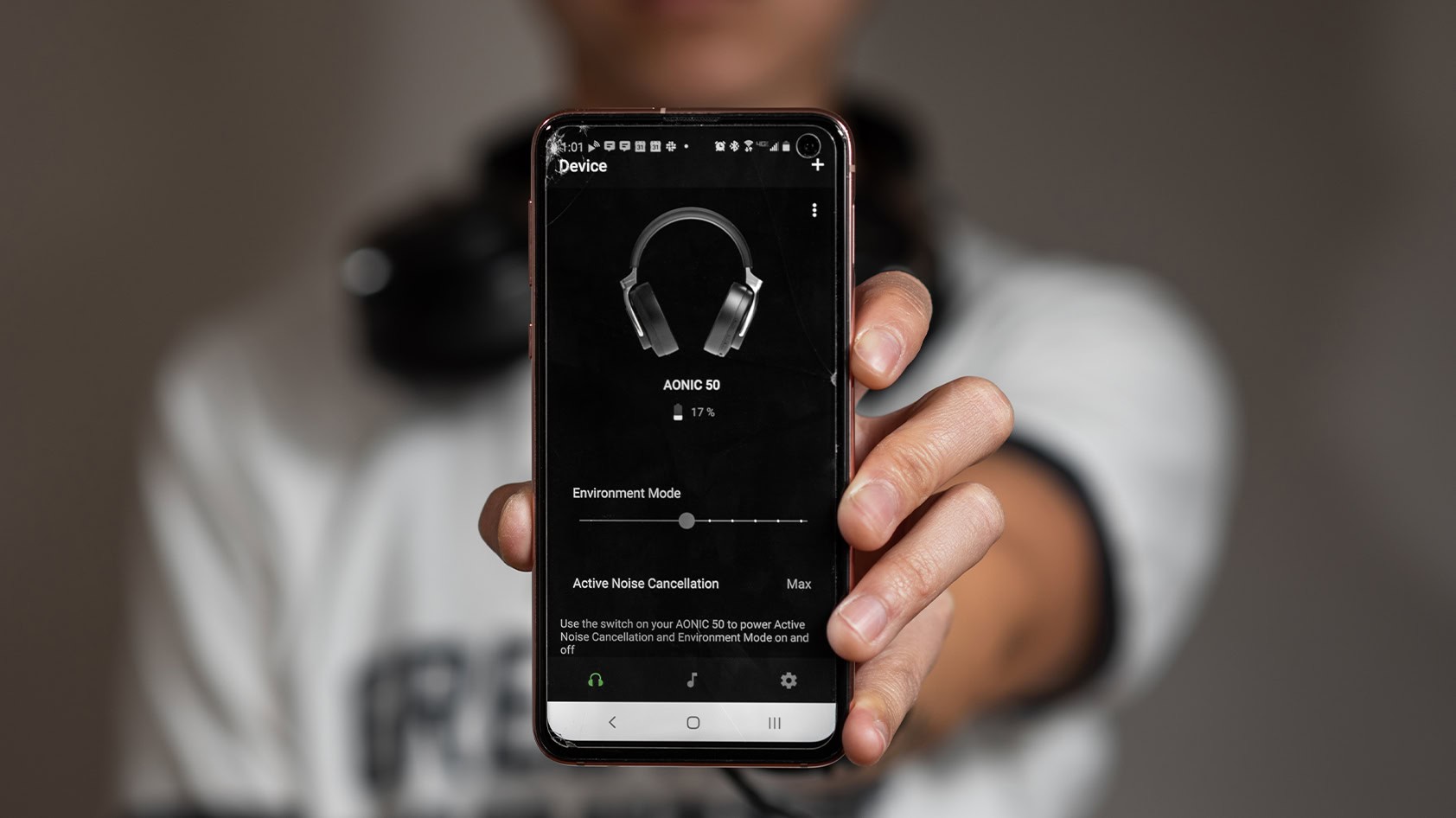
Transparency mode is a feature implemented by most (but not all) ANC-capable headphones. It allows users to amplify outside environmental sounds directly into their ears without removing their earbuds. This is achieved using the same external microphones used for the earbuds’ ANC feature. Instead of blocking the audio out, the earbuds process the sound captured and amplify it into the ear. This can result in much clearer audio than simply turning ANC off.
There’s also no denying that transparency mode is a way for us to appease our inner laziness. Touch gestures only reinforce this further. Rather than removing an earbud when you want to hear your surroundings, you can hold down on a bud to cycle through ANC settings and activate transparency mode. This has countless applications, such as shopping in a busy supermarket. Rather than taking your ANC buds out when paying, you can activate transparency mode to hear the cashier instead. Once you’ve paid, you can resume ANC playback by holding down on the buds. If you’re not a fan of touch gestures, your headphones companion app should list the relevant ANC toggle too.
Transparency mode allows you to hear the world without removing your earbuds.
But as helpful as this feature sounds, it’s worth noting that some transparency modes are more advanced than others. For example, Bose’s QC Earbuds 2 use proprietary ActiveSense technology to reduce loud and unexpected sounds in awareness mode. This means you can hear your surroundings without sudden and abrupt noises distracting you. Apple’s AirPods Pro (2nd generation) achieve something similar with their Adaptive Transparency mode. This reduces sounds above 85dB and adjusts the intensity of loud noises 48,000 times per second. This results in a safer and more responsive listening experience.
By contrast, older products like the Samsung Galaxy Buds Pro and Jabra Elite 85t deliver questionable transparency mode quality. Though thankfully, these modes have been improved in newer models. Overall, your chosen earbuds will dictate the quality of the transparency mode feature you receive.
Best earbuds with transparency mode

Comfortable fit
Wireless charging
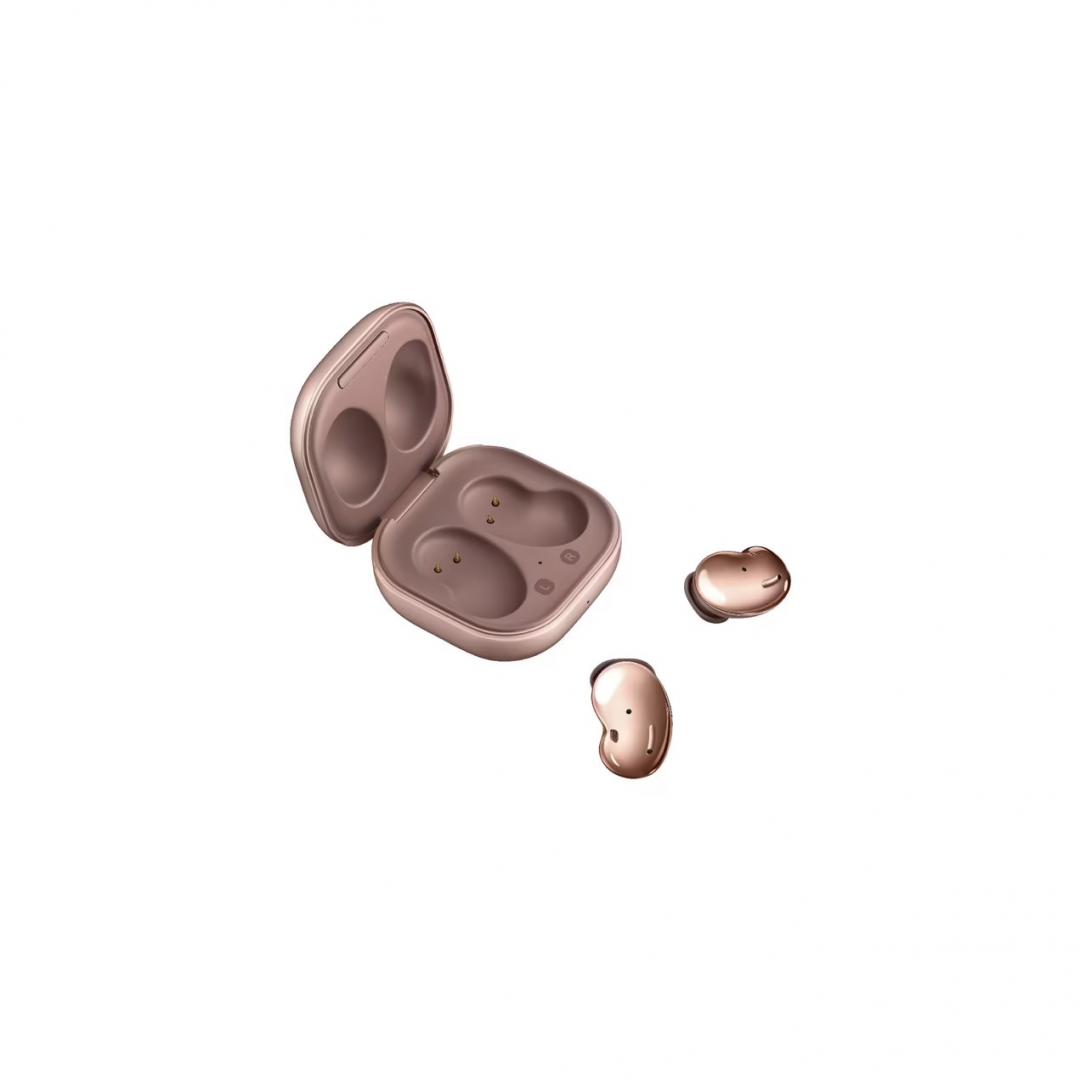
Fast charging
Excellent microphone

Bluetooth 5.3
Bose's best ANC to date
What are open-fit earbuds?

Open-fit earbuds are in-ear headphones that don’t seal the ear canal. This allows external environmental sounds to enter the ears while simultaneously streaming music from the buds. The lack of ear tips also limits pressure build-up inside the ear canal. This makes listening to music more comfortable and reduces the prominence of low frequencies. Those who find wearing in-ear headphones uncomfortable and prefer less bass in their mix will most likely enjoy using open-fit earbuds.
However, most budget open-fit buds don’t offer any ANC capabilities. Sony’s LinkBuds are a perfect example of this. These earbuds have a hole in the middle of the earpiece that allows ambient sound to pass through. That means in addition to hearing the audio from the buds, ambient sounds are directed into the ear. However, the external sound level can’t be controlled, so you need to increase the volume of the buds to mask any outside noise. This runs the risk of causing ear fatigue if used over long periods. In more severe cases, exposing your ears to high decibels can cause long-term hearing damage.
Whether cycling, jogging, or crossing the street, open-fit buds keep users constantly connected to their surroundings.
On the other hand, HUAWEI’s recent mid-tier open-fit buds, the FreeBuds 5, boast relatively good noise canceling. While using the “cozy” ANC setting, low drones from engines and traffic appear less prominent. The less intense “general” setting allows slightly more ambient sound into the mix. But without sealing the ear canal, it’s difficult for any open-fit buds to implement any meaningful noise canceling.
However, open-fit buds are great for those wanting a safer listening experience. Whether cycling, jogging, or crossing the street, open-fit buds keep users constantly connected to their surroundings. Ambient sounds are also more accurate than their in-ear counterparts, and there’s no risk of poor transparency mode audio quality. Open-fit buds are also easier to remove, as they rest on the ear instead of inside.
Best open-fit earbuds
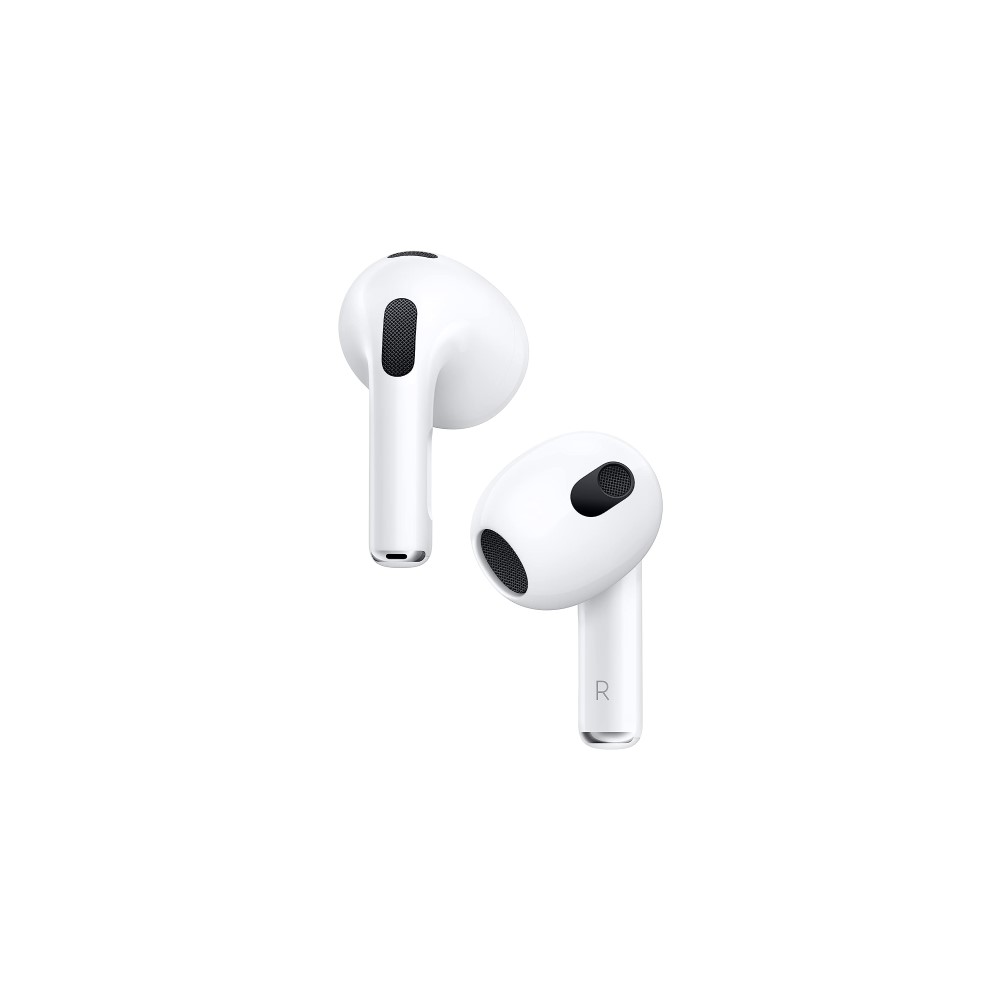
Easy for iPhones
Deep Apple integration

Good sound quality
Easy-to-use touch controls
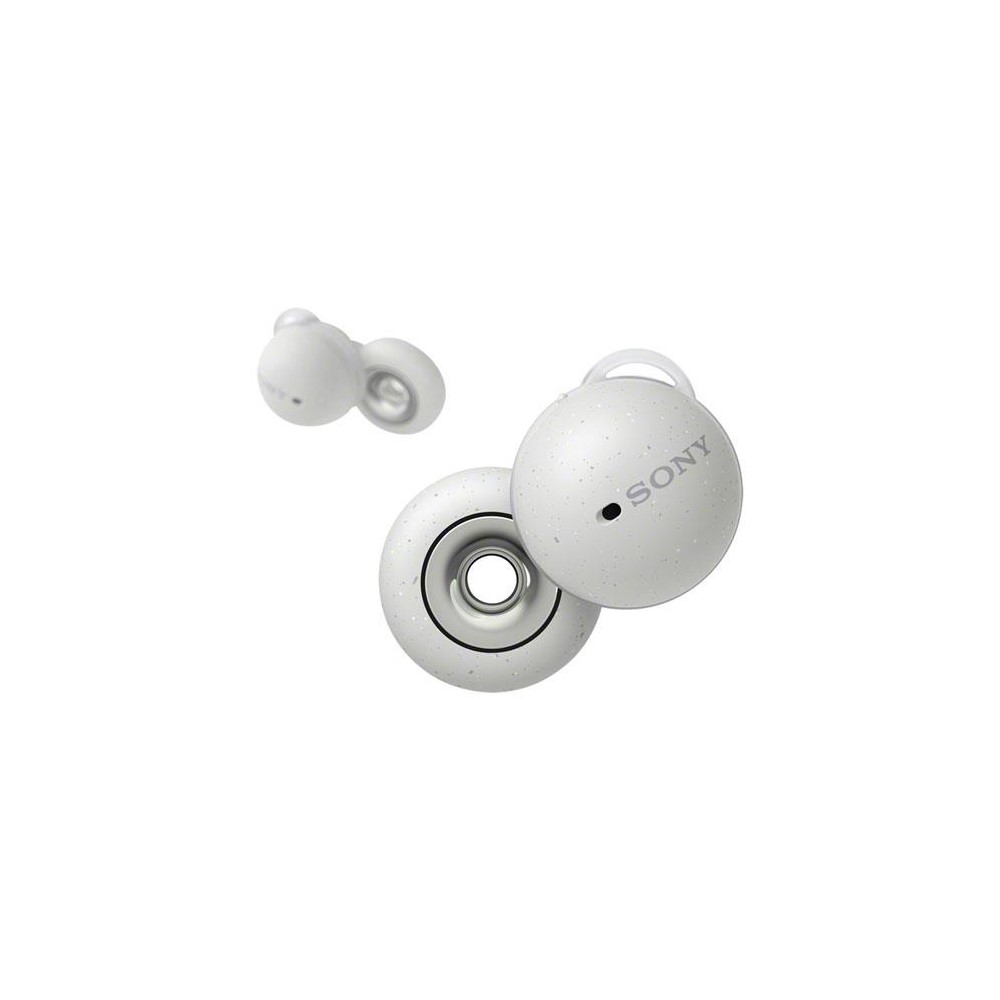
Novel tap control method
Unique design
Transparency mode or open-fit buds: Which is better?
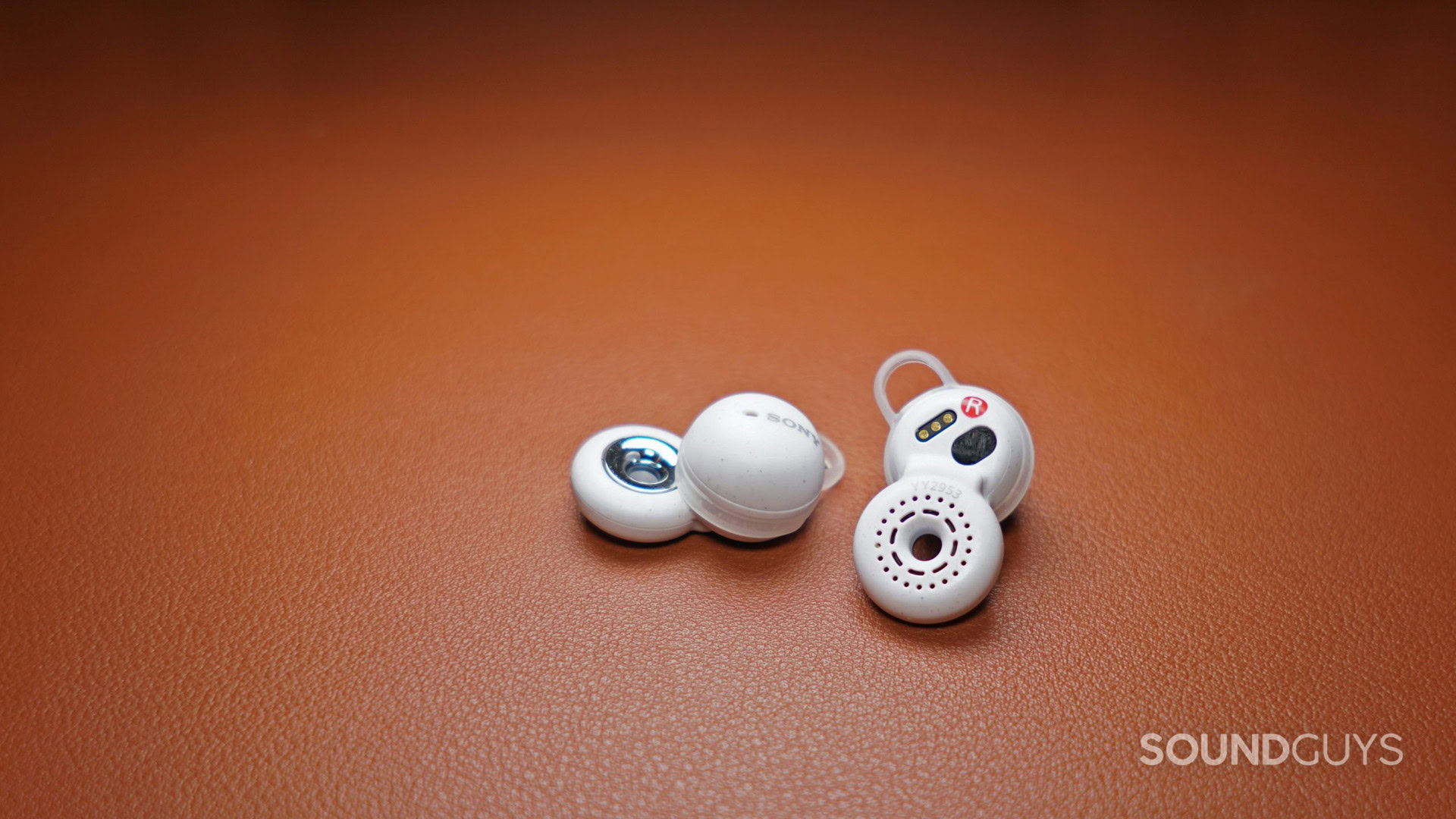
Weighing the pros and cons of transparency mode-capable headphones and open-fit buds can be difficult. However, the main deciding factor is how much you value noise canceling. With open-fit buds, you often have no choice but to accept the loudness of your surroundings.
I, for one, enjoy isolating my music as much as possible from loud external noises, especially when commuting. A perfect example is when I travel across London on the Underground; the Sony LinkBuds do nothing to keep unwanted noise at bay. Without ANC and isolation, I’m forced to submit to the audio whims of public transport. The same applies to virtually all noisy public spaces. While wearing HUAWEI’s FreeBuds 5 when flying from London Heathrow, they did very little to dampen the noise of the airport terminal. Even with ANC activated, the lack of a seal in the ear canal meant voices could enter my audio feed almost entirely unsuppressed. I could hear the flight announcements clearly but couldn’t enjoy the music I wanted to listen to.
Also, older open-fit buds generally don’t benefit from surround sound features. For example, the AirPods (2nd generation) don’t host Apple’s spatial audio feature, whereas the AirPods (3rd generation) do. Samsung’s Galaxy Buds Live can operate the Samsung 360 Reality Audio feature, but only with the latest firmware update via the Samsung Galaxy Wearable app.
Without sealing the ear canal, open-fit earbuds struggle to implement any meaningful noise canceling.
It’s not all rosy for transparency mode headphones. They require more power to run the feature in the first place than open-fit buds do to operate. Take the Samsung Galaxy Buds 2 Pro as an example. Users can expect roughly five hours of playback time while using ANC. This compares to Samsung’s open-fit Galaxy Buds Live, which provides up to six hours of playback on a single charge. That means you won’t get as much out of the flagship Galaxy Buds 2 Pro if you plan on using them like a pair of open-fit earbuds. By keeping the ear canals free, open-fit buds last longer on average than constantly running transparency mode. No gadgetry, no drama.
Secondly, the audio quality you receive while streaming in transparency mode tends to be poorer than what you hear using open-fit earbuds. The microphones built into true wireless earbuds tend to be of pretty average quality. They’re also unique to each pair of earbuds, which means every transparency mode you use will sound different. For example, the Samsung Galaxy Buds Pro accentuates low-frequencies, while Nothing Ear 2 accentuates high-end frequencies. No two transparency mode-capable earbuds sound the same, whereas open-fit buds reliably deliver ambient sound.
Transparency mode eats up battery life and varies in quality, while opt-fit provides passive ambient sound.
Finally, open-fit buds capture fewer bass frequencies than their in-ear counterparts. Because the ear canal isn’t sealed, bass frequencies can more easily escape before reaching your eardrum. This results in a noticeable drop-off in the bass, which can make it seem like your song lacks bass altogether. However, some open-fit buds have adopted nifty technology to try and counteract this. HUAWEI’s FreeBuds 5, for example, claims to reproduce frequencies as low as 16Hz. Apple’s AirPods also have a reasonably loud bass response for open-fit earbuds. Prominent bass frequencies are possible with open-fit buds, but only so long as you pay mid-tier prices.
Should you still buy open-fit earbuds?
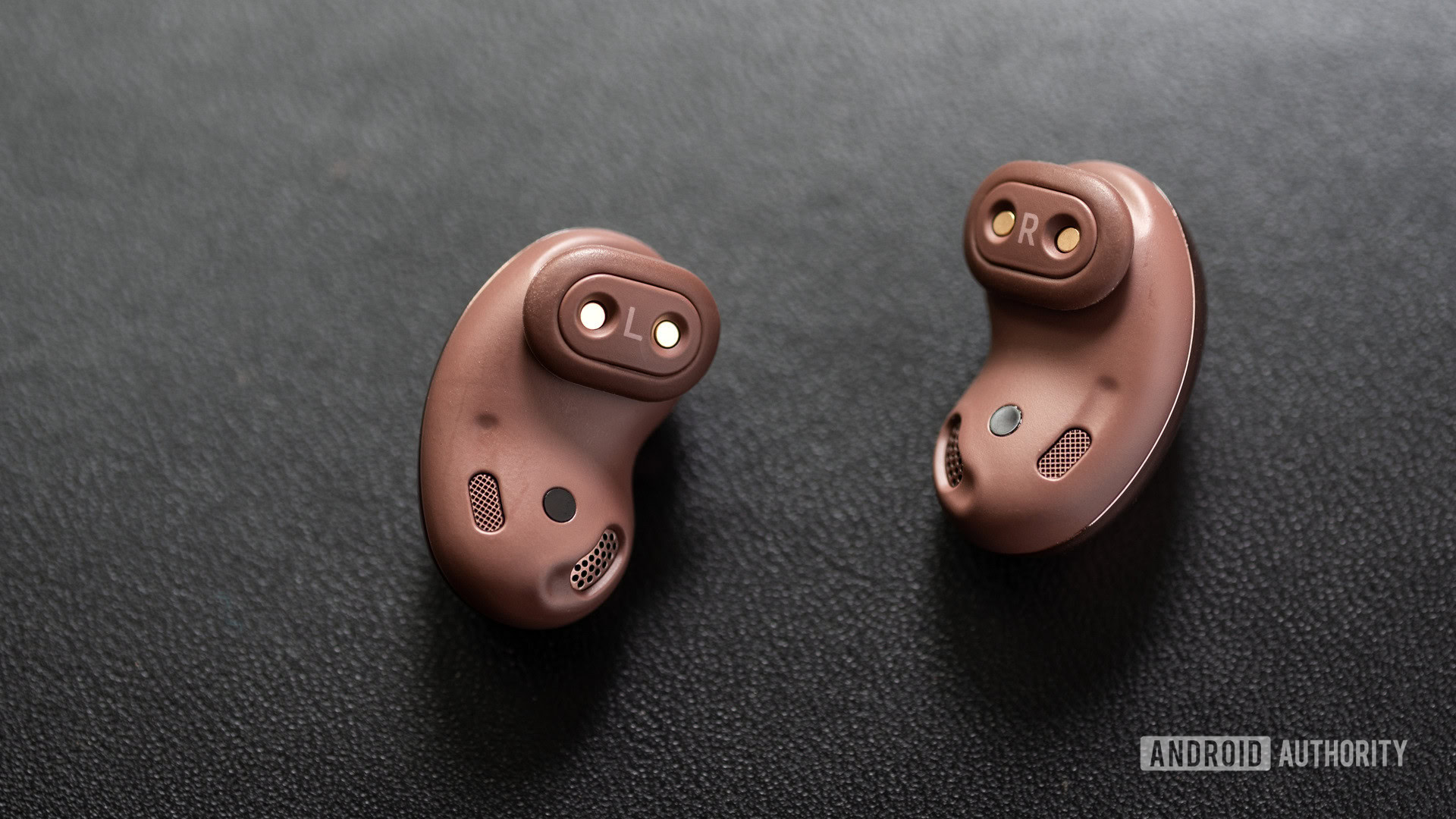
If you enjoy outdoor exercise, a safer listening experience, or a more comfortable fit, open-fit earbuds are for you. The lack of ear tips means the buds sit nicely between the tragus and antitragus, without causing pressure inside the ear. They also allow ambient sound to pass into your audio feed. This means you can remain aware of your surroundings, keeping you safe from any potential hazards you might otherwise encounter with your hearing impaired. Bass frequencies are also less pronounced, which benefits those who usually listen to music genres with a more sensitive timbre, such as classical or jazz.
You also don’t have to worry about poor audio quality preventing you from hearing your surroundings. Battery life is also reliable, as no additional power consumption is required to amplify ambient sound into your ears.
Open-fit earbuds benefit those who enjoy outdoor exercise, superior comfort, and less bass in their mix.
However, those who enjoy listening to their music without interruptions should consider using transparency mode-capable earbuds. In addition to hearing your surroundings, you can activate noise canceling to isolate your music from the outside world. Rather than hearing loud external sounds all of the time, you can control when you want to listen to your environment. With the addition of touch gestures, there’s no need to take out your earbuds.
Bass frequencies are also more pronounced when using in-ear headphones. If you enjoy modern music with accentuated kick drum notes, such as rock and dance, in-ear headphones will serve you better than open-fit earbuds. Some open-fit buds, such as the HUAWEI FreeBuds 5 and Apple AirPods (3rd generation) enhance bass frequencies. Overall though, there’s much less choice. You will likely pay a higher price tag for these open-fit buds than good-sounding ANC headphones.
A third solution could come in the form of bone conduction headphones. These work by resting against a user’s cheekbones and sending audio vibrations to the skull. This reproduces loud bass while keeping the ear canal free from earbuds. The Shokz OpenRun Pro are a fan-favorite, boasting 10 hours of battery life, an IP55 water-resistant rating, and fast charging capability. The caveat with this technology tends to be the price, as well as these particular headphones hosting a proprietary charging port.